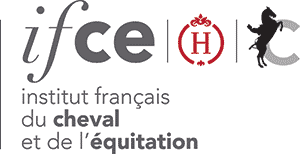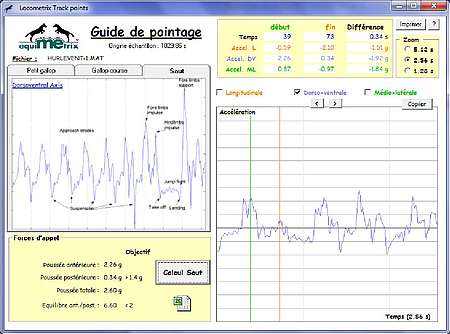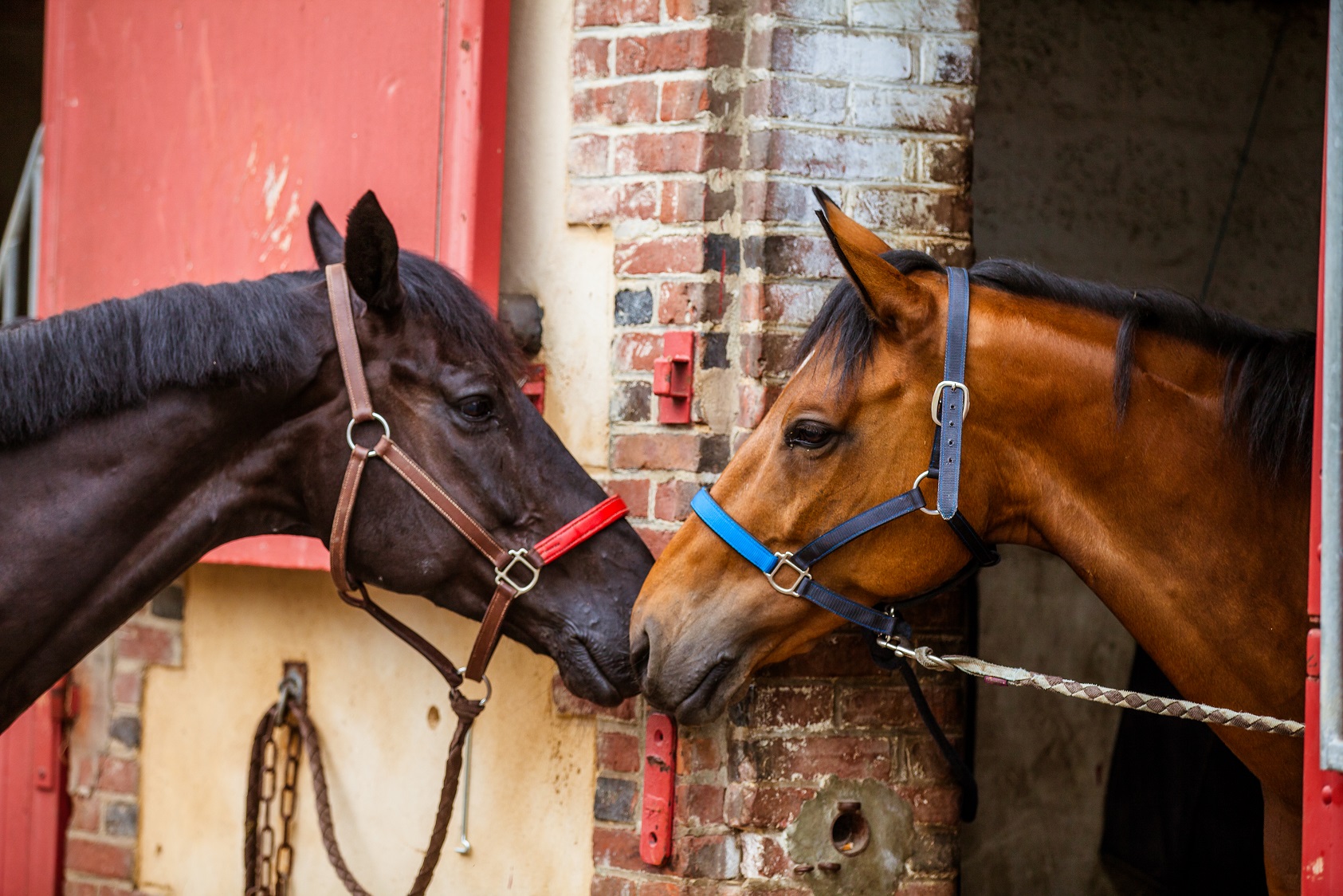

Accelerometry
Accelerometry is an objective method used to characterise a horse’s gaits. Used routinely, it can also assist in early detection of lameness.


- History and principles of accelerometry
- Operation method
- Reporting the results
- An application example : The SoGen project
History and principles of accelerometry

Once a reference population has been measured, it is easy to establish the comparison of one individual compared to others.
Operation method
Three stages
1. Attach the movement sensors of the Equimetrix® to the girth


2. Testing each horse during genuine exercise situations


3. Analysis of the results on the gaits with the Equimetrix® software


Reporting the results
An individual results sheet is given to the owner of the horse, with a comparison, for each of the gaits, of the individual horse to a reference population. These results include the following criteria :
- Regularity of strides (repeatability of a stride with the next stride)
- Symetry (for walk and trot) : parallelism or deviations between two successive 1/2 strides.
- Cadence or rhythm, and by deduction, length of strides with relation to speed.
- Power, with the breakdown according to the three different directions : longitudinal propulsion, elevation on the vertical and medio-lateral axes, this analysis can for example bring to light gait abnormalities such as paddling for example.
A statistical breakdown per criteria, is sent to the parent company, and to the breed organisation, as support for breeding programmes. At a later stage, genetic indices may be calculated, per criteria, per stallion.
A closer analysis of the recordings can also be used by veterinarians for movement disorders, or for training purposes (evolution over time of a parameter for a given horse )..
Positioning a horse in relation to the reference population for each gait

Analysis of jumping- breakdown of the different phases of the movement

An application example : The SoGen project
Supported by Ifce, financed by the Fonds Eperon, the Ifce and INRA and conducted in partnership with socio-professionals (specifically SHF and Selle-Français), this programme aims to research the major genes for predicting an aptitude for show-jumping. To implement this, 2500 young horses (4 and 5 year-olds) were subjected to fine-tuned characterisation of their morphology and locomotion. For locomotion, Equimétrix® technique was used. A second project, supported by the Selle-Français stud book, and called Carcat-SF, completed the characterisation of the young horses through measuring 3 year-olds loose-jumping, using the same accelerometry technology.
Characterisation of the gaits
Concerning characterisation of the gaits, each horse completes a short dressage test (working trot, then medium trot, working canter, followed by medium canter, and finally the walk) a few minutes after the show-jumping round. The sensor was attached to the girth. With an experienced team the recording takes less than two minutes. Reading the accelerogramme only takes a few minutes. It consists in selecting 10 second phases where the gait is stable. The results are reported for each of the three axes
- Horizontal = the direction in which the horse is moving
- Vertical
- Transversal = from left to right or from right to left
Each breedr is then given :
- An individual report for his horse : the horse’s position compared to the reference population for each of the criteria measured.
On the basis of this report, the following were established :
- Genetic analysis, including heritability factors, for each of the criteria. The bounce (vertical movement) and the rhythm of trot and canter alike, appear to be highly heritable features
- Analysing possible correlations with show-jumping performance. Even if the horses tested are still young (7 year olds at the most), it appears that features relating to gaits are not correlated to an aptitude for show-jumping. This lack of a link between measures taken on gaits and jumping performance can be interpreted favourably. It means that a breeder can choose to produce following locomotion criteria, without deteriorating jumping ability.
Two stages remain to carried out in this analysis of recordings on gaits :
- Genetic indexation of reproducers (serving as a basis for cross-breeding)
- The search for genomic markers enabling to predict early on ability and /or well-reasoned cross-breeding
Characterisation loose-jumping
This was carried out concurrently on 3 year-old horses (wearing the sensor at the girth maintained in place by a roller). The analysed measures were focused on three jumps over an oxer of about 1m20. Each horse is described according to five dimensions :
- Forelimb strike on takeoff
- Propulsion of hindlimbs on takeoff
- Balance between the two previous dimensions, this gives a good idea of the horse’s balance during the takeoff phase
- Flight time, this is related to the height which the horse’s centre of gravity reaches.
- Impact of the forelimbs on landing which will give an indication on the trajectory (high impact if the trajectory-curve is steep (bell-shaped trajectory) when the horse jumps).
As with the previous measures taken, the following utilisation of the results is planned :
- An individual report to the breeder of each horse : the horse’s position compared to the reference population for each of the criteria.
- A genetic analysis, including heritabilaty calculations for each of the criteria
- Genetic indexation of stallions (serving as a basis for a tool to help in cross-breeding)
- Analysis of possible correlations to show-jumping performances.
- The search for genomic markers for predicting early on ability and /or well-reasoned cross-breeding

Know more about our authors
- Translated from french by : Karen DUFFY Translator
- Margot SABBAGH Development engineer IFCE
- Bernard DUMONT SAINT PRIEST Development engineer IFCE
Bibliography
- BARREY E., DESLIENS F., POIRIEL D., BIAU S., LEMAIRE S., Evaluation précoce de l’aptitude au Dressage - 2002
- BARREY E., GALLOUX P., Analyse par accélérométrie de la technique au saut d’obstacles – Equine Veterinary Journal – 1997
- BARREY E., EVANS SE., EVANS DL., CURTIS RA., QUINTON R., ROSE RJ., Locomotion evaluation for racing in thoroughbreds – 2001
- site web: equimetrix.com








